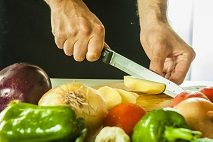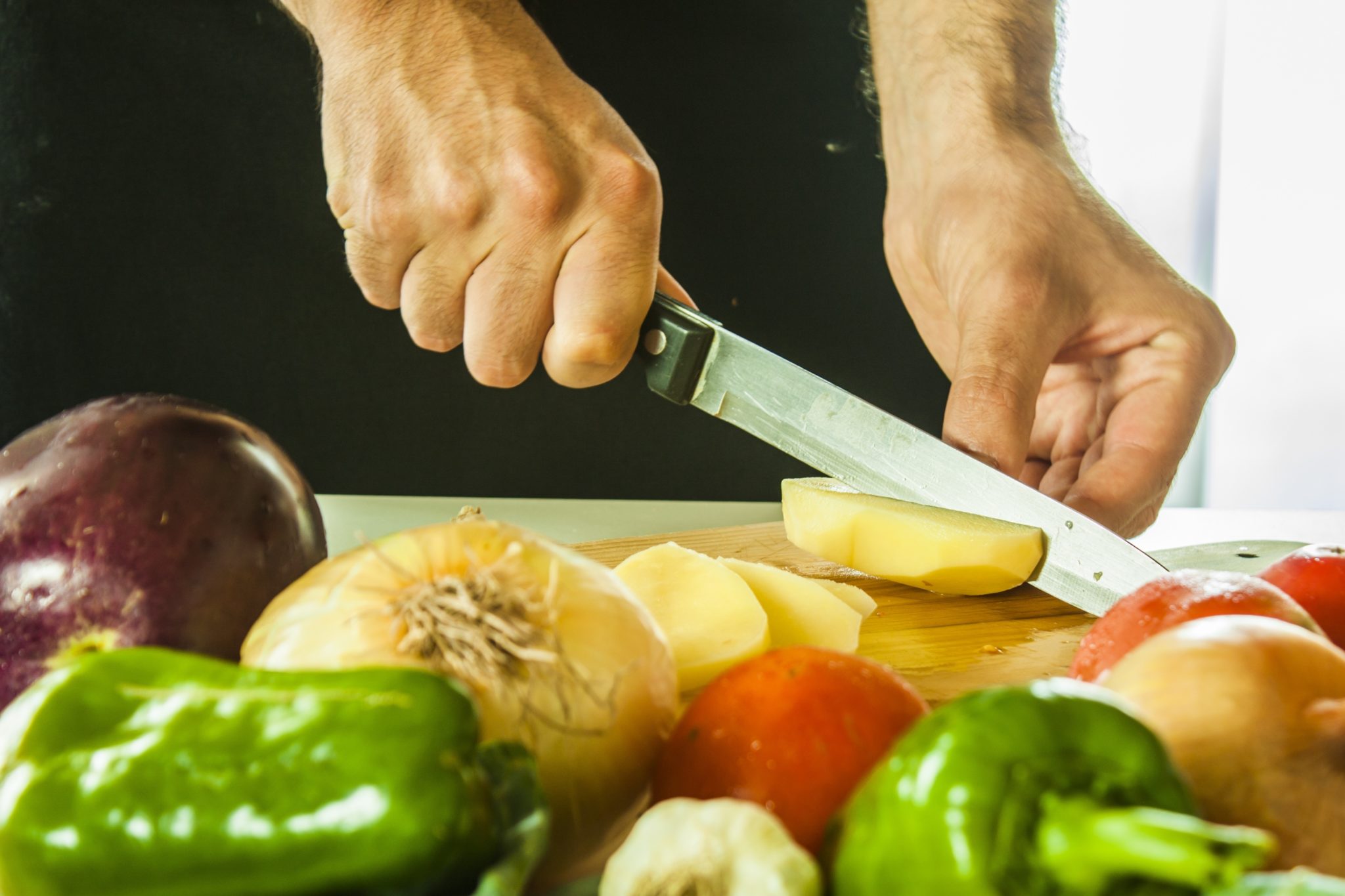4 Clever Food Safety Hacks

By Liz Sanders, MPH, RDN
Leafy greens, lean meat, fresh fruit… it’s all part of a healthful diet. But even these nutritious foods can have a dirty little secret: harmful bacteria. As a partner of the Together Counts™ nationwide program for healthy, active living, we realize safe food handling practices are an important, but often overlooked, component of a healthy lifestyle. After all, food can’t be nutritious if it’s not safe to eat! This September is Food Safety Education Month, so it’s a perfect time to learn the steps to keeping your family foodborne illness free.
The basics of safe food handling can be summed up in four words: clean, separate, cook, and chill. But it’s not enough to remember this mantra, you have to put it into practice. We’ve rounded up some quick food safety hacks to get you started:
Clean
Safe food is in your hands. Many people don’t take the time to thoroughly wash their hands before preparing food. Make sure to scrub with soap and warm water for 20 seconds. Here’s a fun, simple way to make sure you scrub for 20 seconds: Sing the Happy Birthday song (to yourself, please) all the way through twice as you wash.
Separate
Cutting boards are notorious spots for transferring bacteria. For example, if you cut raw chicken, then cut fresh produce on the same cutting board without washing it first … you’re transferring germs straight from the chicken to the fresh veggies. A simple way to avoid this problem is to keep two clearly marked cutting boards: one of meat and one for produce.
Cook
When your food thermometer is out of site, it’s out of mind. You can’t tell when meat or poultry is properly cooked just by looking at it. Only a food thermometer can ensure that your meat or poultry has reached a safe internal temperature. So don’t let your food thermometer become just another rusty relic at the bottom of your kitchen drawer, keep it in a prominent spot next to the oven and/or with your grilling supplies.
Chill
An important part of the “chill” step is also knowing when to toss. Sure you remember to store your perishable food under 40° F, but different types of leftovers can be kept safely for different amounts of time. Also, you can’t tell if a food is safe just by how it looks or smells (remember: the “sniff test” does not apply to week-old pizza). Keep a cold storage chart on your fridge, so you know when to throw out your leftovers.
These hacks are just scratching the (thoroughly cleaned and disinfected) surface. Keep a look out for more food safety hacks and facts @foodinsight and on www.foodinsight.org throughout the month of September.
Liz Sanders, MPH, RDN, is a Program Manager at the International Food Information Council Foundation, where she specializes in food safety communications. Liz is also part-time performer of improv comedy.
For more kitchen tips take a look at these other posts from Together Counts!


